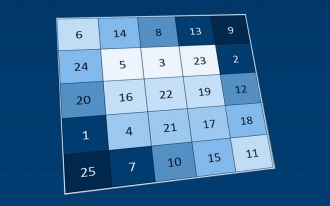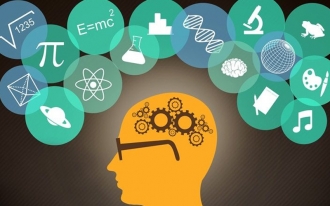- BRAINTRAIN |
- Blog |
- Brain Development |
- How to Develop Interhemispheric Interaction?

Valeriy Krickiy 07.08.2020 3269 Comments
The term interhemispheric interaction may confuse some due to its complex phrasing. There’s also a myth that only children need to develop it, as adults have no issues with it. Today, we’ll break down this concept, as it plays a critical role in the human brain and impacts productivity in any field. Even adults may discover deficits in this area. Additionally, we’ll explore practical exercises using brain trainers to ensure this theory comes to life.
What Is Interhemispheric Interaction?
In simple terms, the human brain is divided into two hemispheres, each responsible for different functions. The speed of interaction between them affects several aspects of brain performance:
- Speed of Information Processing. For those who work mentally, fast interhemispheric interaction ensures quick processing of diverse information, crucial when logical and abstract thinking are needed simultaneously.
- Improved Body Coordination. If you lead an active physical lifestyle, your fatigue is influenced by the brain’s speed and development. Enhancing body and limb motor skills boosts endurance and productivity.
- Early Development. Interhemispheric interaction should be developed as early as possible, as it’s easier in youth, especially if there was a deficit in childhood.
Try a simple hand exercise to gauge your interhemispheric interaction. Extend one hand forward with the thumb up and place the other at your temple, like a salute. Then, through a clap, switch hand positions. If you struggle—ending with the thumb at your temple or the flat hand forward—it’s a sign there’s room for improvement.
How to Easily Develop Interhemispheric Interaction?
If the exercise was challenging, don’t worry—many struggle with it initially. It requires training, and even if you’re 30 or 40, it’s not too late to catch up. Here are some low-effort exercises:
- Simple Hand Exercises. One hand with the thumb up, the other with the thumb inside a fist—then switch.
- Schulte Table Trainer. Available on our platform, it enhances this skill by requiring rapid number searches. Use it with shuffled or rotated numbers for greater efficiency, as it engages both hemispheres effectively.
- Alternate Actions in Daily Tasks. For example, while chopping a salad, switch hands repeatedly, aiming for 20-30 switches per session. It may seem slow and amusing, but over time, you’ll do it faster, and it will improve other tasks.
Explore other exercises on our platform to simultaneously develop memory and thinking speed. Our trainers are designed for quick brain improvement with consistent practice to maintain progress.
Application in Everyday Life
Now that we’ve covered interhemispheric interaction and how to develop it, let’s focus on why it matters. In daily life, you may notice people who are slow in their actions or “freeze” when faced with choices. When hundreds or thousands of decisions are made daily, this significantly impacts productivity and efficiency. If you recognize signs of slow hemispheric interaction, start these exercises today, as delaying important tasks often leads to prolonged procrastination.
Conclusions and Motivation
Our lives are built on small decisions that shape the quality of our future. It’s vital to assess your development and character honestly, identifying areas for improvement and addressing them gradually. Don’t postpone what you can do today. Step out of your comfort zone, even if it feels daunting, and pursue your goals to avoid regretting missed opportunities from youth. For inspiration, watch videos of ordinary people who became successful—not through fame, but through daily discipline in simple actions to achieve more. Never settle for what you’ve achieved; keep aiming for new heights. Best of luck!




